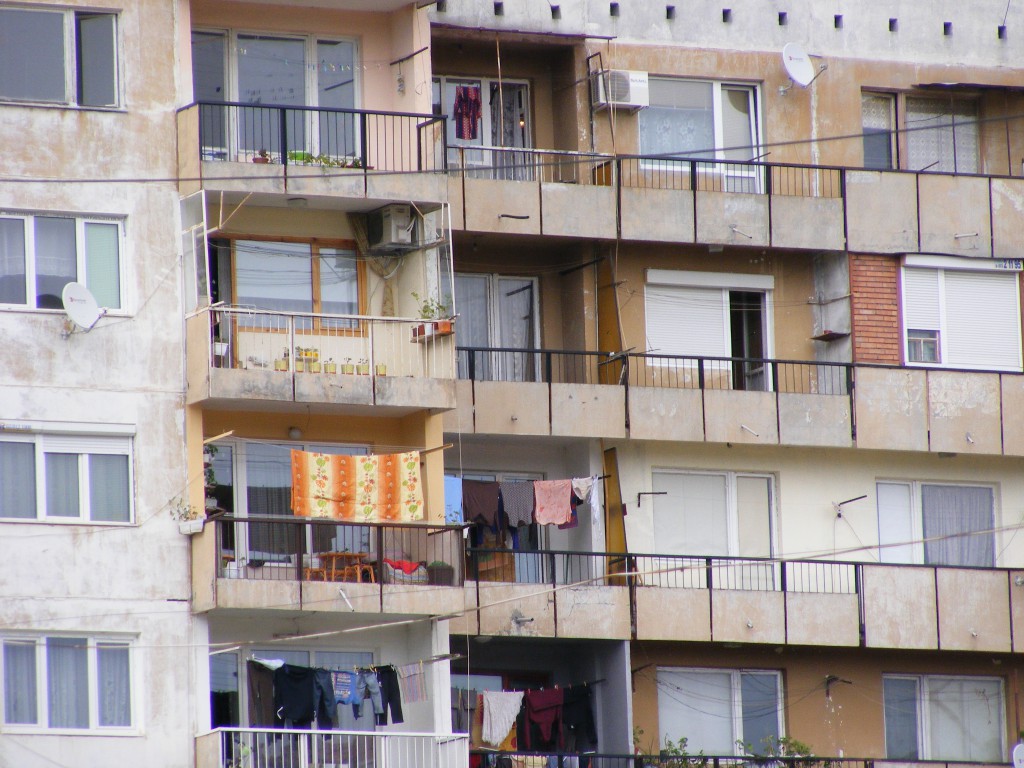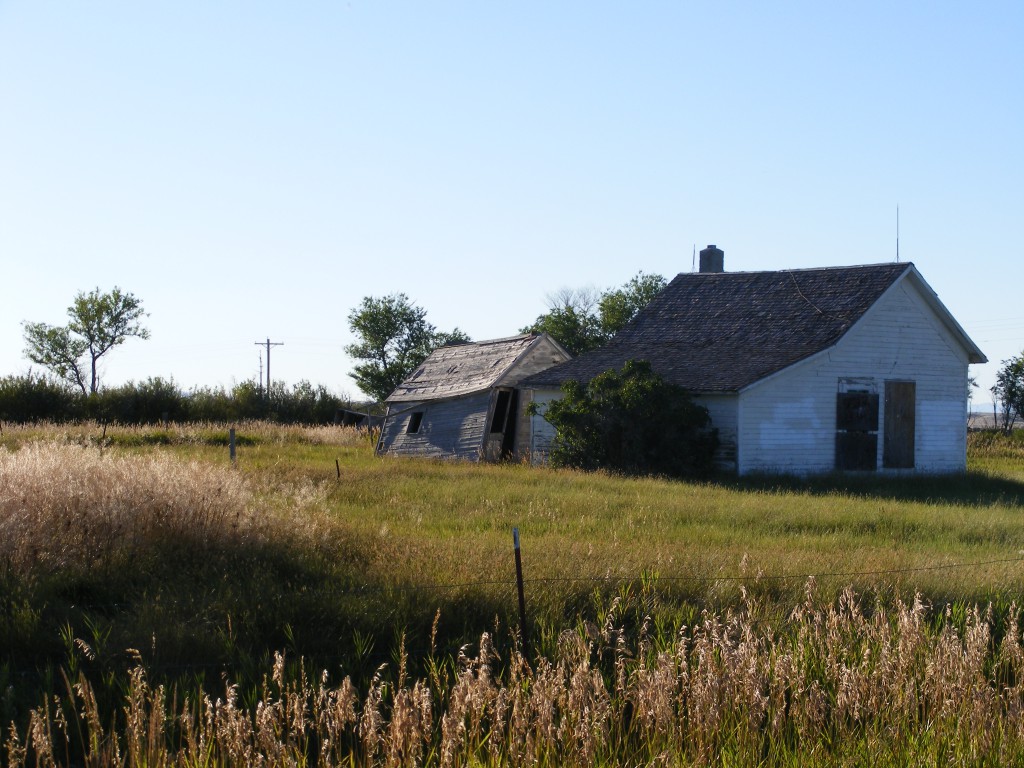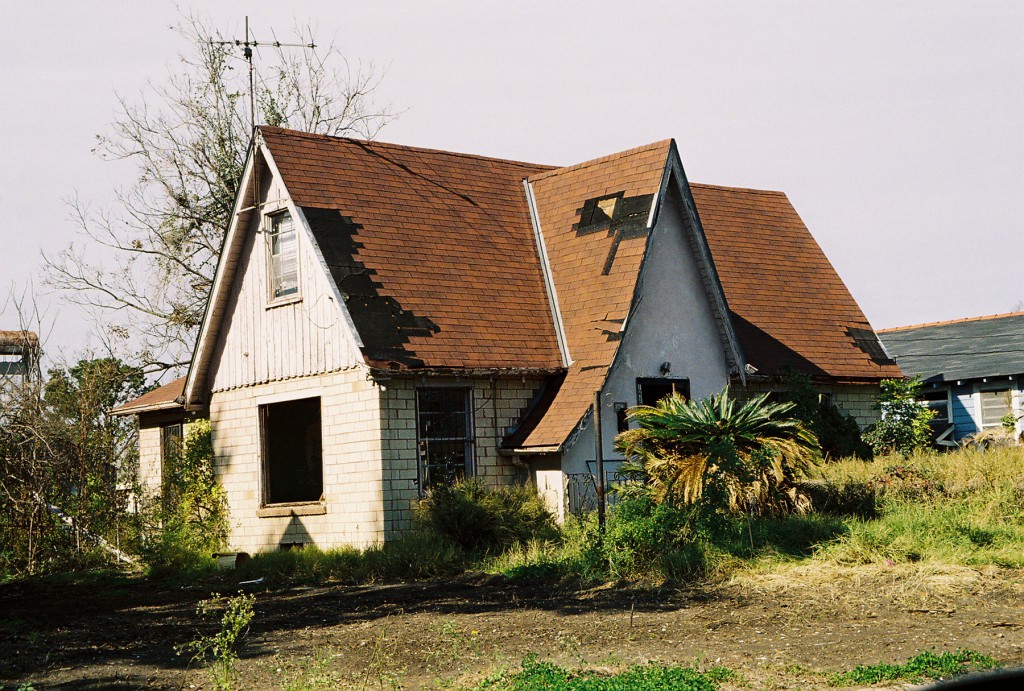Today I heard a wonderful presentation by Henry Cisneros, who was Secretary of HUD under Clinton. He spoke at the National Center for Healthy Housing (NCHH) 20th anniversary celebration. He talked about housing, linkages between our homes and our health, and changing housing needs. It was a good reminder of what really makes a house a home, and why the work of NCHH and all the people in that room is so important. We want everyone to have access to “healthy homes.”
I think Florence Nightingale said it best, “The connection between the health and the dwelling of the population is one of the most important that exists.” In the U.S. we spend 90% of our time indoors and a good percentage of that time is in our homes, which is why a “healthy home” is so important. So, what does it mean to live in a healthy home? According to the 2009 Surgeon General’s Call to Action to Promote Healthy Homes, “A healthy home is sited, designed, built, renovated, and maintained in ways that support the health of residents.”

Whether you live in an old house, a new house, an apartment, a manufactured home, a townhouse, or a condo, your house impacts your health. A poorly maintained home can result in a number of problems, including excessive mold growth, roach infestations, lead paint poisoning, or trips and falls. You can improve the health of your home by following the 7 principles to a healthy home listed below.
(1) Keep Your Home DRY. Too much moisture leads to excessive mold growth and attracts pests like roaches, mice, rats, and mites. All of these are associated with asthma.
ACTION STEPS: Repair leaks; keep indoor humidity below 60%; make sure water drains away from your home’s foundation.
(2) Keep Your Home CLEAN. Excess clutter, spills and debris lead to pest infestation and exposure to contaminants.
ACTION STEPS: Clean regularly; Damp mop; reduce clutter; add a doormat to reduce tracking in contaminants.
(3) Keep Your Home PEST-FREE. Studies show exposure of children to mice and roaches can cause asthma attacks.
ACTION STEPS: Seal cracks and openings in your home; store food in pest-resistant containers; reduce clutter; keep your house clean.
(4) Keep Your Home SAFE. Falls, burns and poisonings are leading causes of injury in the home.
ACTION STEPS: Reduce hazardous household products brought into your home; store products out of a child’s reach; don’t store products in unmarked containers, secure loose and frayed rugs; install smoke and carbon monoxide detectors; fire extinguisher.
(5) Keep Your Home CONTAMINANT-FREE. You are exposed to higher levels of contaminants indoors than outdoors.
ACTION STEPS: Test your home for radon; avoid using pesticides, or choose low toxicity pesticides; don’t allow smoking indoors; don’t use an unvented heater; switch to green cleaning products; choose low-VOC products.
(6) Keep Your Home VENTILATED. Studies show the importance of a well-ventilated home and its impact on respiratory health.
ACTION STEPS: Use the kitchen fan when cooking; use the bathroom fan when bathing; make sure your dryer is vented to the outside.
(7) Keep Your Home MAINTAINED. A home that is not routinely cared for is at risk of mold and pest problems as well as tripping and falling hazards.
ACTION STEPS: Twice a year check your home for curb-appeal; fix problems right away before they become large problems.
Around the world there are many different types of homes, but all inhabited homes should be healthy homes. A safe and healthy home environment benefits everyone. Share the 7 principles to a healthy home with others so we can all work to improve the health of our homes and families.









Leave a Reply